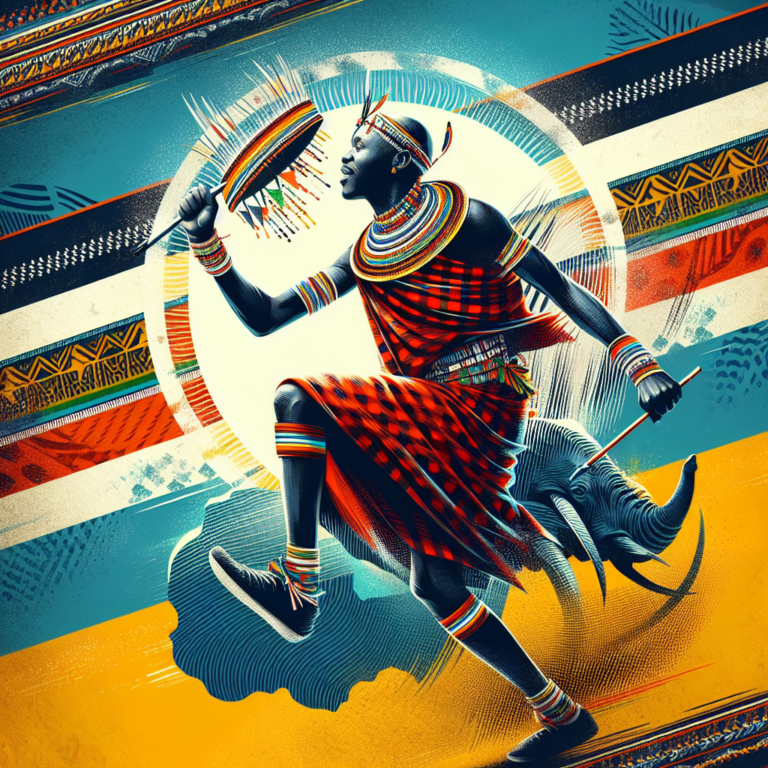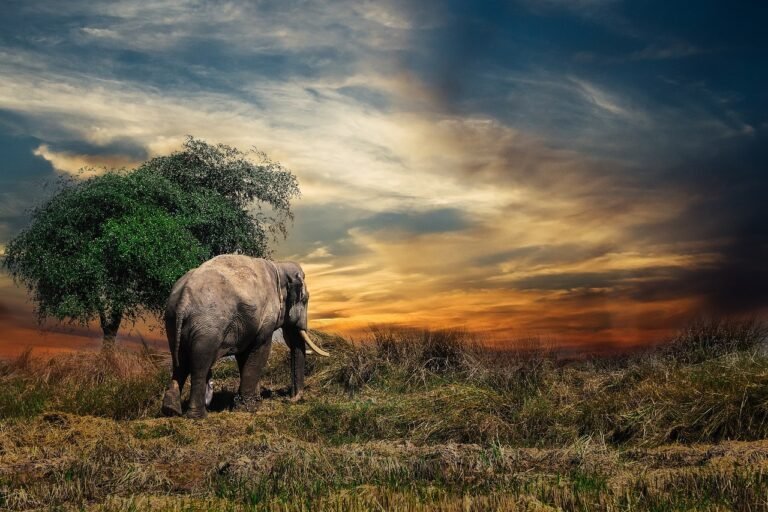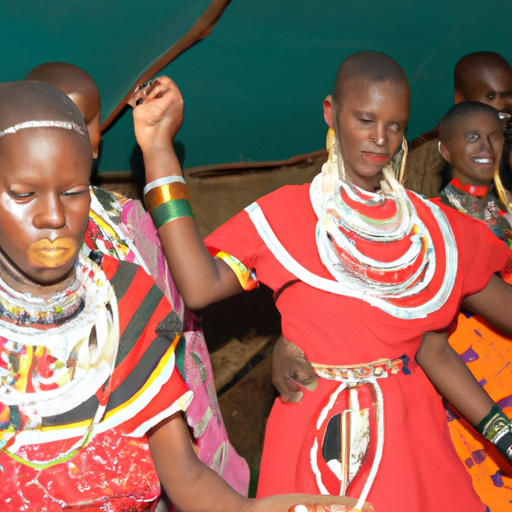What Is The Maasai Mara National Reserve Known For?
When you think of Africa, what comes to mind? Vast open plains, breathtaking wildlife, and the enchanting sound of lions roaring in the distance? Well, nestled in southwestern Kenya lies a place that encompasses all of this and more: the Maasai Mara National Reserve. Known globally for its diverse ecosystem and annual wildebeest migration, the Maasai Mara is a haven for nature enthusiasts, adventure seekers, and curious travelers alike. With its abundant wildlife, stunning landscapes, and rich cultural heritage, it’s no wonder that the Maasai Mara National Reserve holds a special place in the hearts of those who visit. The Maasai Mara National Reserve, located in southwestern Kenya, is known for its diverse wildlife, breathtaking landscapes, and rich Maasai culture. Spanning over 1,500 square kilometers, the reserve offers numerous safari opportunities and is an ideal destination for wildlife enthusiasts, photographers, and nature lovers.
Maasai Mara National Reserve Overview
The Maasai Mara National Reserve is situated in the Great Rift Valley, adjacent to the Tanzanian border. Its prime location allows for easy access by road or air, making it a popular choice for both local and international travelers. The reserve is named after the Maasai people, who have inhabited the area for centuries and continue to live alongside the wilderness.
With its vast expanse of land, the Maasai Mara National Reserve offers a wide range of ecosystems, including grasslands, riverine forests, and swamps. These diverse habitats support a plethora of wildlife species, making it one of the most renowned wildlife destinations in Africa.
Safari Opportunities in Maasai Mara
The Maasai Mara National Reserve provides exceptional opportunities for safaris, allowing visitors to get up close and personal with the incredible wildlife. Game drives are the most popular safari option, where you can explore the reserve in a 4×4 vehicle guided by experienced local guides. This allows you to witness the Big Five (elephant, rhinoceros, buffalo, lion, and leopard) and other fascinating animals such as giraffes, zebras, and wildebeests.
For a unique perspective, hot air balloon safaris are a must-do experience in the Maasai Mara. Floating above the reserve during the early morning hours, you can witness the stunning landscapes and wildlife from a bird’s eye view. This unforgettable adventure provides a sense of tranquility and allows for incredible photographic opportunities.
Walking safaris offer a more intimate experience with the reserve’s wildlife. Accompanied by a trained guide, you can explore the flora and fauna on foot, immersing yourself in the sights, sounds, and smells of the Maasai Mara. It is the ideal way to appreciate the smaller details of the reserve and to learn about its ecosystems.
Photographic safaris cater to photography enthusiasts, providing ample opportunities to capture stunning images of wildlife, landscapes, and the Maasai culture. Accompanied by a professional wildlife photographer, you can learn valuable techniques and tips to enhance your skills while capturing breathtaking moments.
For those seeking a cultural experience, cultural safaris offer the opportunity to interact with the Maasai people and learn about their traditions, customs, and way of life. You can visit Maasai villages, participate in traditional activities, and even spend a night in a traditional Maasai manyatta (homestead).
The Great Wildebeest Migration
One of the biggest attractions in the Maasai Mara National Reserve is the Great Wildebeest Migration. This annual natural phenomenon sees over two million wildebeests, zebras, and gazelles migrate between the Maasai Mara in Kenya and the Serengeti National Park in Tanzania in search of fresh grazing land and water. The migration is a sight to behold and has been widely recognized as one of the Seven Wonders of the Natural World.
The Migration follows a circular route, as the animals move between the Serengeti and the Maasai Mara. Timing is crucial, as the timing of the migration can vary each year depending on rainfall patterns. Generally, it occurs between the months of July and October in the Maasai Mara, with river crossings being the most dramatic and awe-inspiring spectacle.
Impressive river crossings occur when the wildebeests and zebras attempt to cross the Mara River, which is infested with crocodiles. This dangerous feat often results in thrilling moments, as the animals must navigate the rushing waters and avoid becoming prey. Witnessing a river crossing is a truly breathtaking experience and is often regarded as one of the highlights of the Great Wildebeest Migration.
Rich Wildlife Diversity
The Maasai Mara National Reserve is home to an abundance of wildlife, including the iconic Big Five – elephants, rhinoceroses, buffalos, lions, and leopards. These majestic creatures can often be spotted during game drives or while participating in other safari activities.
Predators such as cheetahs, hyenas, and wild dogs also thrive in the Maasai Mara. The reserve’s open grasslands provide the perfect hunting grounds for these carnivores, allowing for exceptional wildlife viewing opportunities. You may witness the incredible speed of cheetahs chasing down prey or catch a glimpse of a lioness fiercely protecting her cubs.
Birdlife in the Maasai Mara is equally impressive, with more than 450 species recorded in the reserve. From large raptors such as eagles and vultures to colorful bee-eaters and sunbirds, birdwatchers will be in awe of the diverse avian species found here. The reserve’s varied landscapes attract both resident and migratory birds, making it a birdwatcher’s paradise.
The Maasai Mara is also teeming with herbivores, including wildebeests, zebras, gazelles, and antelopes. These animals play a crucial role in maintaining the ecological balance of the reserve and form an essential part of the food chain. Observing their behaviors and interactions provides a deeper understanding of the complex ecosystem within the Maasai Mara.
Iconic Maasai Culture
The Maasai people, known for their vibrant culture and distinctive way of life, are an integral part of the Maasai Mara National Reserve. The Maasai, a semi-nomadic tribe, have preserved their traditional customs and rituals, offering visitors a unique cultural experience.
Visiting Maasai villages provides an opportunity to interact with the Maasai people, learn about their traditions, and gain insight into their daily lives. You can witness traditional ceremonies, dances, and rituals, and even participate in activities such as spear throwing or singing traditional songs around a bonfire.
The Maasai are known for their intricate beadwork and craftsmanship. Local crafts markets offer a chance to purchase authentic Maasai jewelry, clothing, and souvenirs, supporting the local communities and their livelihoods. These pieces serve as a tangible reminder of the vibrant Maasai culture and the memories created in the Maasai Mara.
Stunning Landscapes
The Maasai Mara National Reserve boasts stunning landscapes that captivate visitors with their beauty and diversity. The vast grasslands, known as the savannah, are characteristic of the reserve and provide the backdrop for wildlife sightings.
The Mara River is a lifeline for the reserve, sustaining the diverse wildlife and providing a natural barrier for the Great Wildebeest Migration. The river meanders through the reserve, creating picturesque scenes and attracting a variety of animals and birds. It also serves as the site for the impressive river crossings during the migration.
The Oloololo Escarpment offers a breathtaking panoramic view of the Maasai Mara. Rising above the plains, the escarpment provides a vantage point to witness the vastness of the reserve and the beauty of its landscapes. Sunrise and sunset excursions to the escarpment offer unforgettable moments, as the golden light illuminates the reserve’s scenic wonders.
The Maasai Mara is also home to swamps and marshes, adding to the ecological diversity of the reserve. These wetlands support a range of wildlife, including hippos, crocodiles, and numerous bird species. Exploring these areas provides an opportunity to observe unique ecosystems and their inhabitants up close.
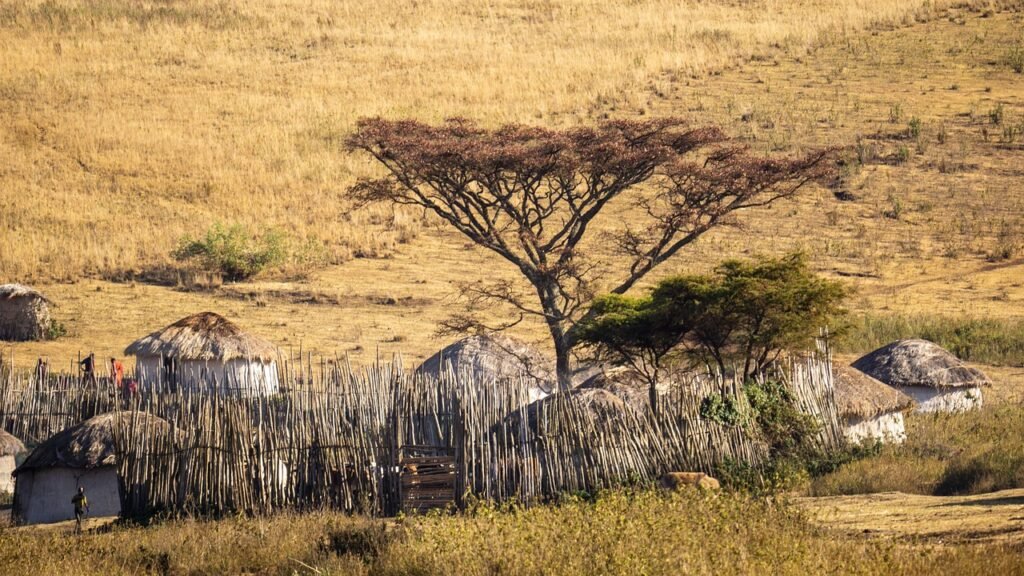
This image is property of pixabay.com.
Conservation Efforts
The Maasai Mara National Reserve is not only famed for its wildlife and natural beauty but also for its commitment to conservation efforts. Various initiatives and projects are in place to protect and preserve the delicate ecosystems within the reserve.
Maasai Mara Wildlife Conservancies are private and community-owned areas adjacent to the national reserve. These conservancies play a vital role in wildlife conservation by providing additional space for wildlife to roam freely and reducing human-wildlife conflict. They also encourage sustainable tourism practices, ensuring that the ecological integrity of the reserve is maintained.
Anti-poaching initiatives are crucial to safeguarding the Maasai Mara’s wildlife populations. Dedicated anti-poaching units work tirelessly to combat the illegal hunting and trade of wildlife products. Their efforts have led to a significant decrease in poaching incidents and have helped protect endangered species.
Sustainability projects within the Maasai Mara focus on minimizing the ecological impact of tourism activities. Measures such as energy-efficient lodges, waste management systems, and the use of renewable energy sources are implemented to reduce the environmental footprint of the tourism industry. These projects aim to ensure the long-term preservation of the Maasai Mara for future generations.
Birdwatching Paradise
The Maasai Mara National Reserve is a birdwatching paradise, attracting bird enthusiasts from around the world. The reserve’s diverse habitats support a wide range of avian species, making it a haven for both resident and migratory birds.
Birdwatchers can spot over 450 species within the Maasai Mara, including iconic raptors such as eagles, hawks, and owls. The open grasslands provide excellent hunting grounds for these majestic birds of prey, allowing for unique opportunities to observe their hunting techniques and behavior.
Key birdwatching sites within the reserve include the Mara River, marshes, and swamps, where water-loving birds such as flamingos, storks, and herons can be found. These areas serve as breeding grounds and feeding sites for numerous bird species, providing an alluring spectacle for birdwatchers.
The Great Rift Valley’s topography adds to the richness of the Maasai Mara’s birdlife, as the varied landscapes attract different bird species. From the acacia woodlands to the riverine forests, each habitat harbors its unique group of birds, ensuring a diverse and rewarding birdwatching experience.
Raptor migration is a significant event in the Maasai Mara. Every year, thousands of raptors, such as eagles and vultures, pass through the reserve during their annual migration. Witnessing this phenomenon allows birdwatchers to marvel at the power and grace of these awe-inspiring birds as they journey across the skies.
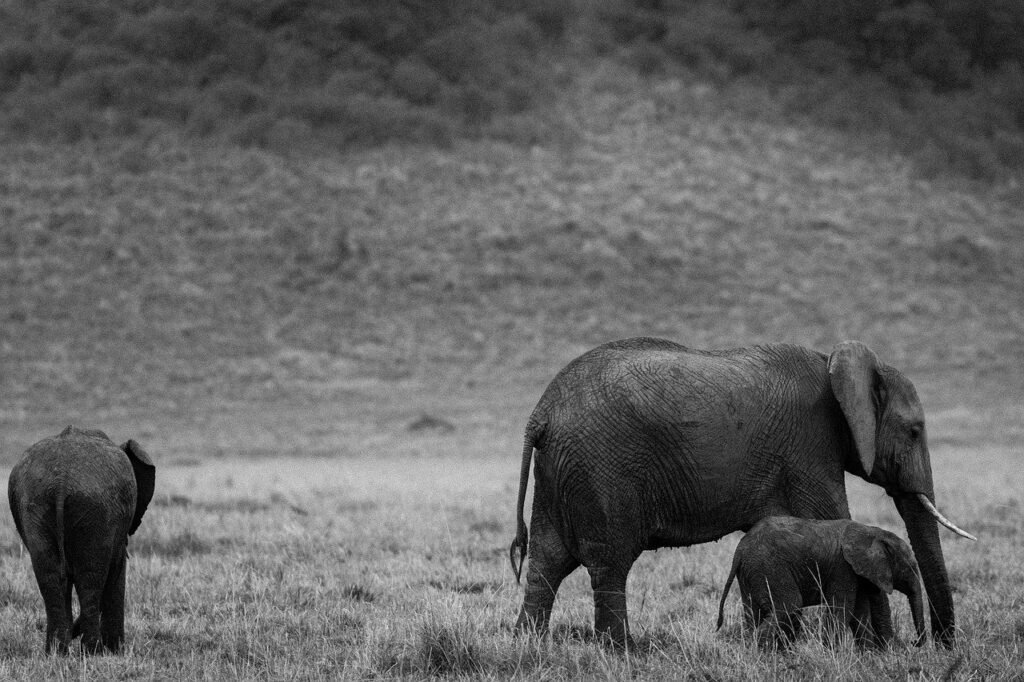
This image is property of pixabay.com.
Photographic Opportunities
The Maasai Mara National Reserve offers unparalleled opportunities for photography enthusiasts. With its stunning landscapes, abundant wildlife, and vibrant Maasai culture, the reserve provides the perfect backdrop for capturing captivating images.
The Maasai Mara’s expansive grasslands provide a canvas for breathtaking scenic backdrops. From golden sunsets to dramatic cloud formations, the ever-changing skies create an atmosphere of tranquility and awe. Photographers can capture the essence of the reserve’s vastness and the intimate connection between the wildlife and its natural environment.
Abundant wildlife presents endless photographic possibilities in the Maasai Mara. Whether it’s capturing the raw power of a lioness stalking its prey or the gentle interaction between a mother and her young, the reserve offers intimate encounters with animals in their natural habitats. Patience and timing are key in capturing those incredible moments that tell a story through photographs.
The Maasai people and their vibrant culture provide a captivating subject for cultural portraits. From the ornate beadwork to their colorful traditional clothing, the Maasai offer a wealth of photographic opportunities. Immersing oneself in Maasai villages and cultural experiences allows photographers to document the beauty and diversity of the Maasai people.
By taking advantage of the various safari opportunities and immersing oneself in the Maasai Mara’s natural and cultural wonders, photographers can create an exceptional collection of images that showcase the reserve’s uniqueness and captivate viewers.
The Annual Maasai Mara Marathon
The Maasai Mara National Reserve not only provides opportunities for wildlife viewing and cultural experiences but also hosts the annual Maasai Mara Marathon. This sports event brings together athletes from around the world to compete in a race through the stunning landscapes of the reserve.
The Maasai Mara Marathon is more than just a race; it is a celebration of sport, community involvement, and conservation awareness. The event promotes health and fitness while showcasing the beauty and appeal of the Maasai Mara to global participants.
Community involvement is a crucial aspect of the marathon, as local Maasai volunteers and residents actively participate in organizing and supporting the event. The marathon serves as an opportunity for the local community to come together, fostering a sense of unity and pride.
Conservation awareness is an integral part of the Maasai Mara Marathon. The event raises funds for anti-poaching initiatives and other conservation efforts within the reserve. By bringing attention to the importance of wildlife conservation and sustainability, the marathon plays a significant role in preserving the Maasai Mara’s natural heritage.
Overall, the Maasai Mara Marathon is a significant event that combines sports, community involvement, and conservation awareness, making it a unique and meaningful experience for both participants and spectators.
As you can see, the Maasai Mara National Reserve is a treasure trove of wildlife, landscapes, culture, and conservation efforts. Whether you are a nature lover, photography enthusiast, or simply seeking an authentic African experience, visiting the Maasai Mara will leave you with lifelong memories and a deeper appreciation for the wonders of the natural world.
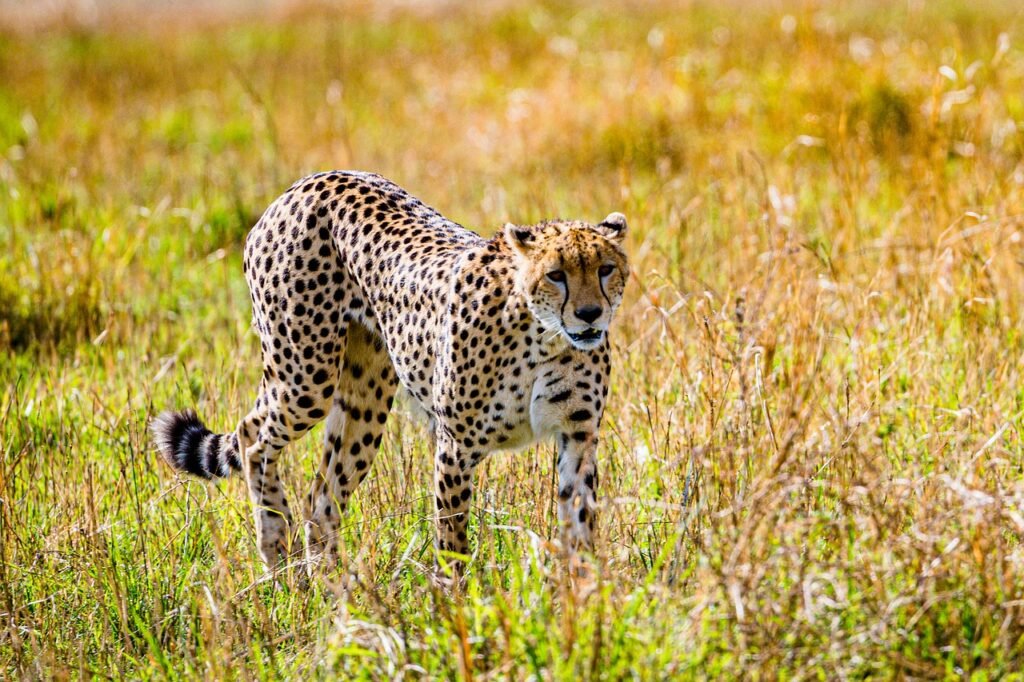
This image is property of pixabay.com.


